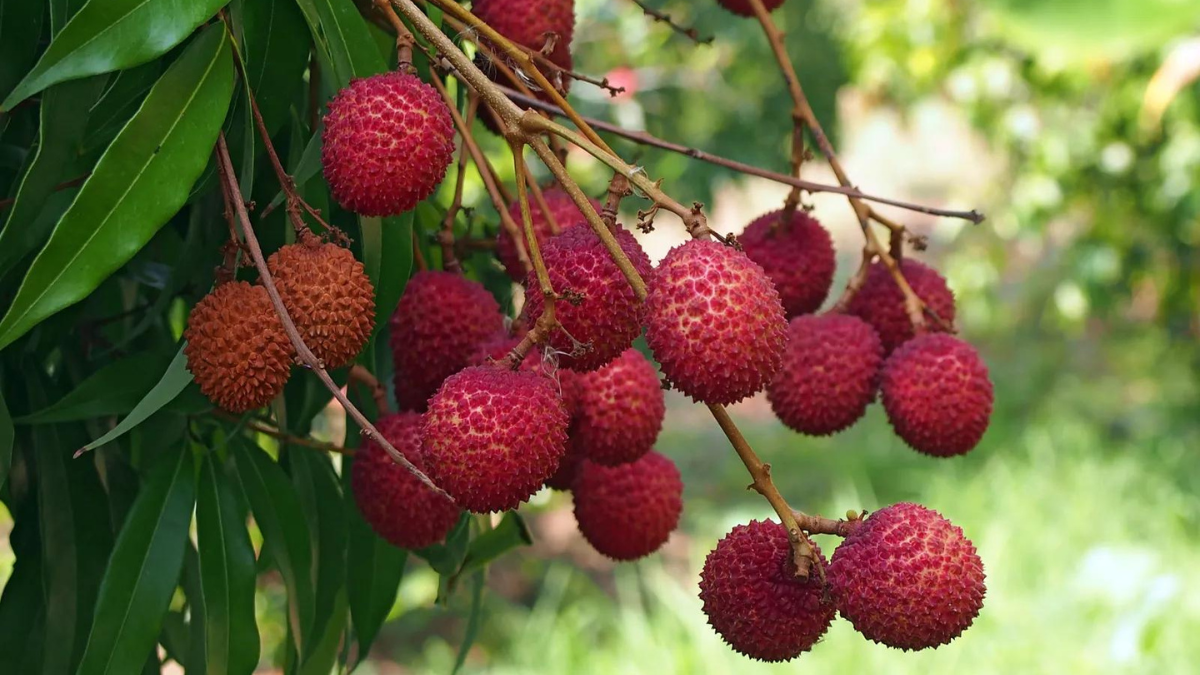Litchi, a tropical fruit known for its sweet and fragrant flavor, is widely cultivated in India. Among the various states growing this delicious fruit, Bihar stands out as the leading producer. This article explores why Bihar is the top litchi-producing state in India, highlighting its key factors, production areas, and economic impact.
Litchi Production in India
In India, litchi is cultivated across approximately 83 thousand hectares, yielding about 5.75 lakh metric tonnes annually. The major litchi-growing states include Bihar, West Bengal, Uttar Pradesh, Jharkhand, and Uttarakhand. These regions collectively contribute significantly to the country’s litchi production, supporting both domestic consumption and export.
Largest Litchi Producing State in India
Bihar stands out as the largest litchi-producing state in India, making a significant contribution to the country’s litchi production. With approximately 300 thousand metric tonnes of litchi harvested annually from 32 thousand hectares, Bihar accounts for around 40% of India’s litchi production.
Key Litchi Growing Regions
The primary litchi growing regions in Bihar are Muzaffarpur, Vaishali, and Samastipur districts. These areas are renowned for their favorable agro-climatic conditions, including temperature, humidity, and soil type, which are crucial for the successful cultivation of litchis.
- Muzaffarpur: Often referred to as the “Litchi Capital” of India, Muzaffarpur is famous for its high-quality litchis. The district’s litchis are well-regarded for their sweetness and distinct flavor.
- Vaishali: Vaishali contributes significantly to Bihar’s litchi production. The district’s farms are known for producing large quantities of the fruit.
- Samastipur: This district also plays a vital role in Bihar’s litchi production, with numerous orchards dedicated to cultivating litchis.
Factors Contributing to Litchi Production
Several factors contribute to Bihar’s status as the leading litchi producer:
- Climate: Bihar’s tropical climate, with a warm and humid environment, is ideal for litchi cultivation. The fruit thrives in regions with distinct seasons and a well-defined winter.
- Soil: The fertile alluvial soil found in Bihar is perfect for litchi trees, providing the necessary nutrients and drainage.
- Traditional Knowledge: Local farmers in Bihar have developed extensive knowledge and expertise in litchi cultivation over generations. This traditional farming knowledge enhances the quality and yield of the fruit.
- Government Support: Various government initiatives and support programs have also played a role in boosting litchi production in Bihar. These include subsidies, training programs, and infrastructure development.
Economic Impact
Litchi farming is a significant source of income for many farmers in Bihar. The fruit’s high market value contributes to the state’s economy, providing livelihoods for thousands of families involved in its cultivation, harvesting, and distribution. The success of litchi production has also led to the development of related industries, such as packaging and processing.
Challenges and Future Prospects
Despite its success, Bihar’s litchi industry faces challenges such as pest attacks, climate variability, and the need for improved post-harvest management. Addressing these challenges through research, technology adoption, and better practices is crucial for sustaining and enhancing production.





 Which City is known as the City of Bambo...
Which City is known as the City of Bambo...
 Who was the First Home Minister of India...
Who was the First Home Minister of India...







